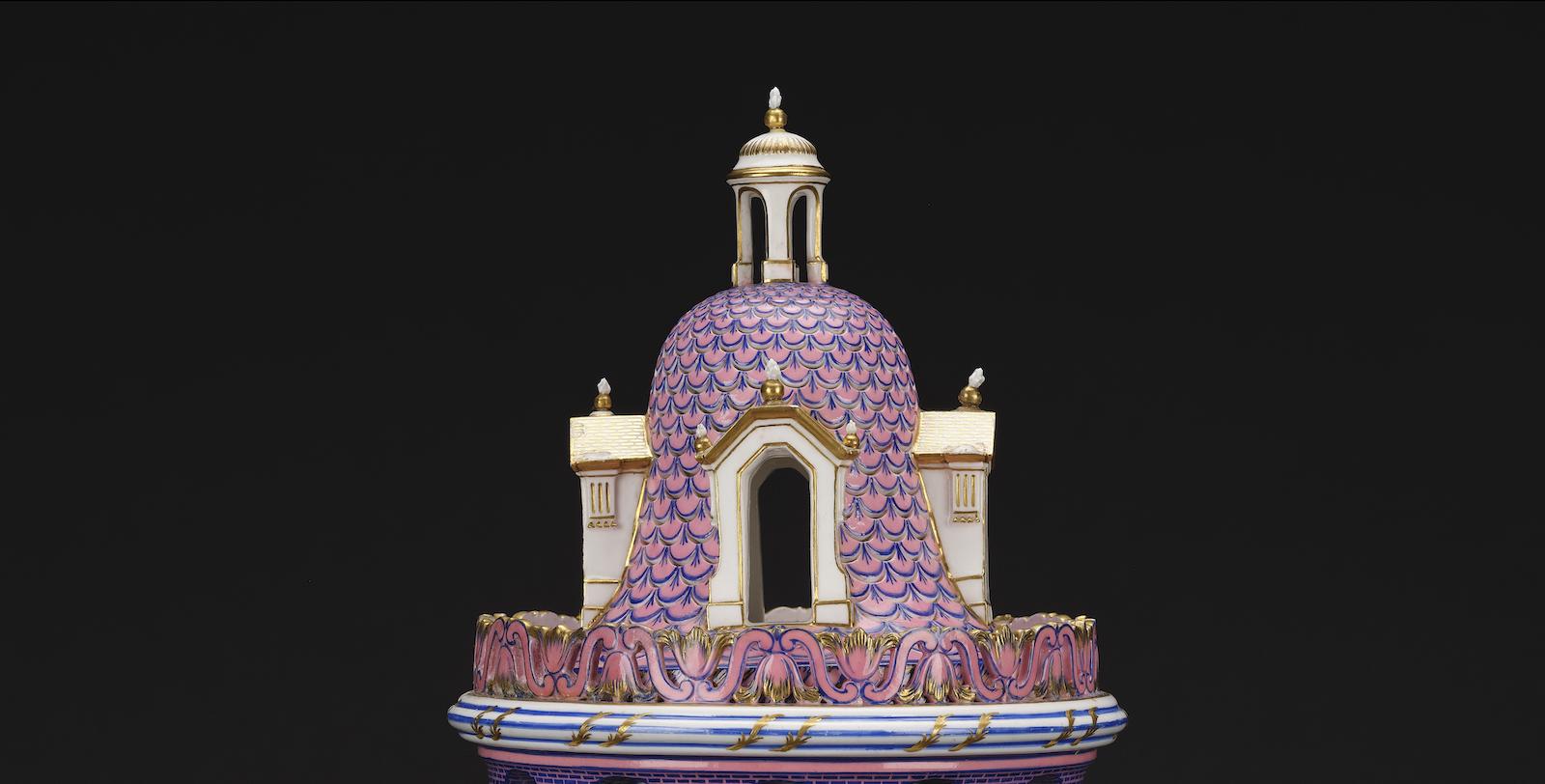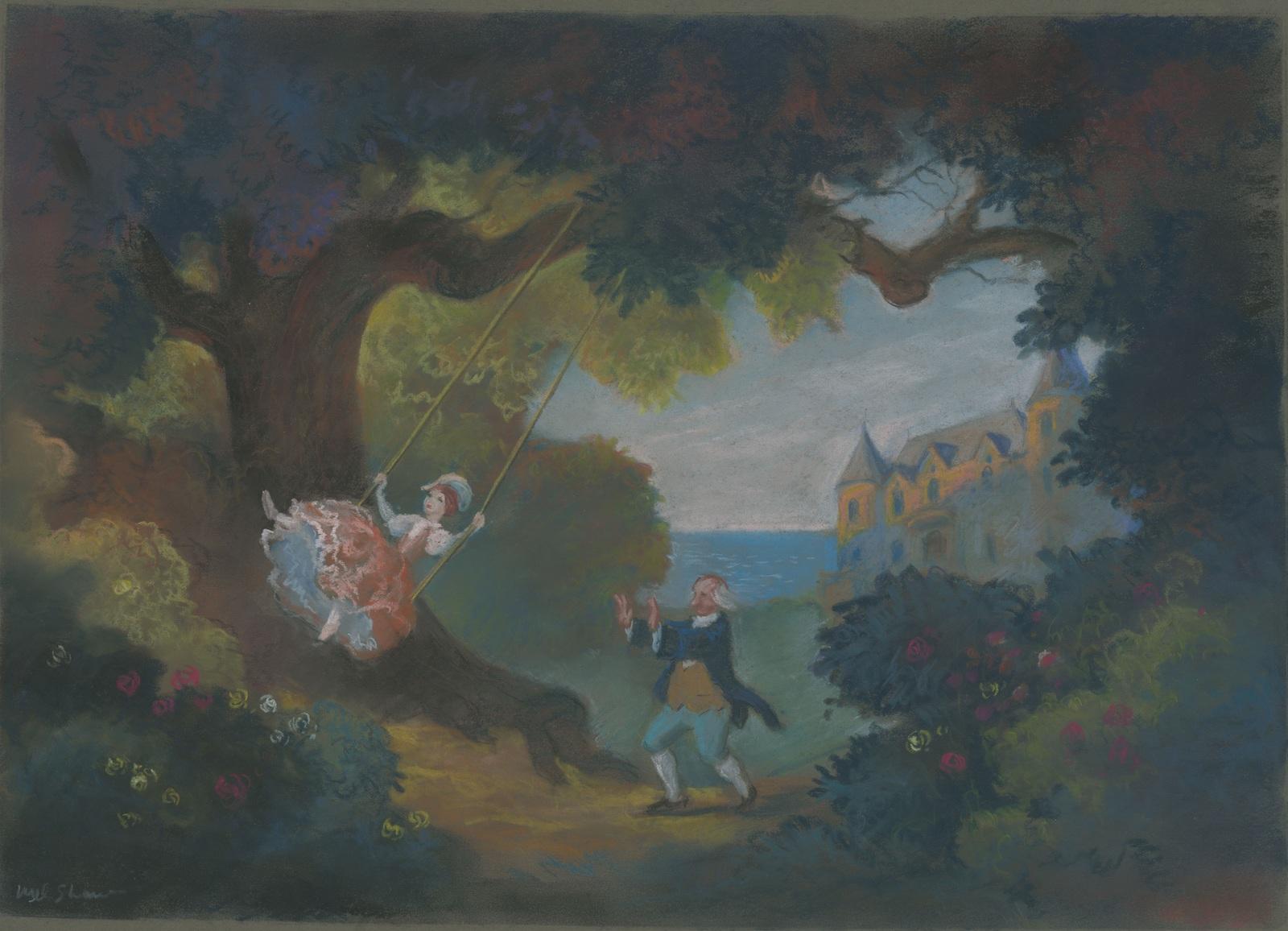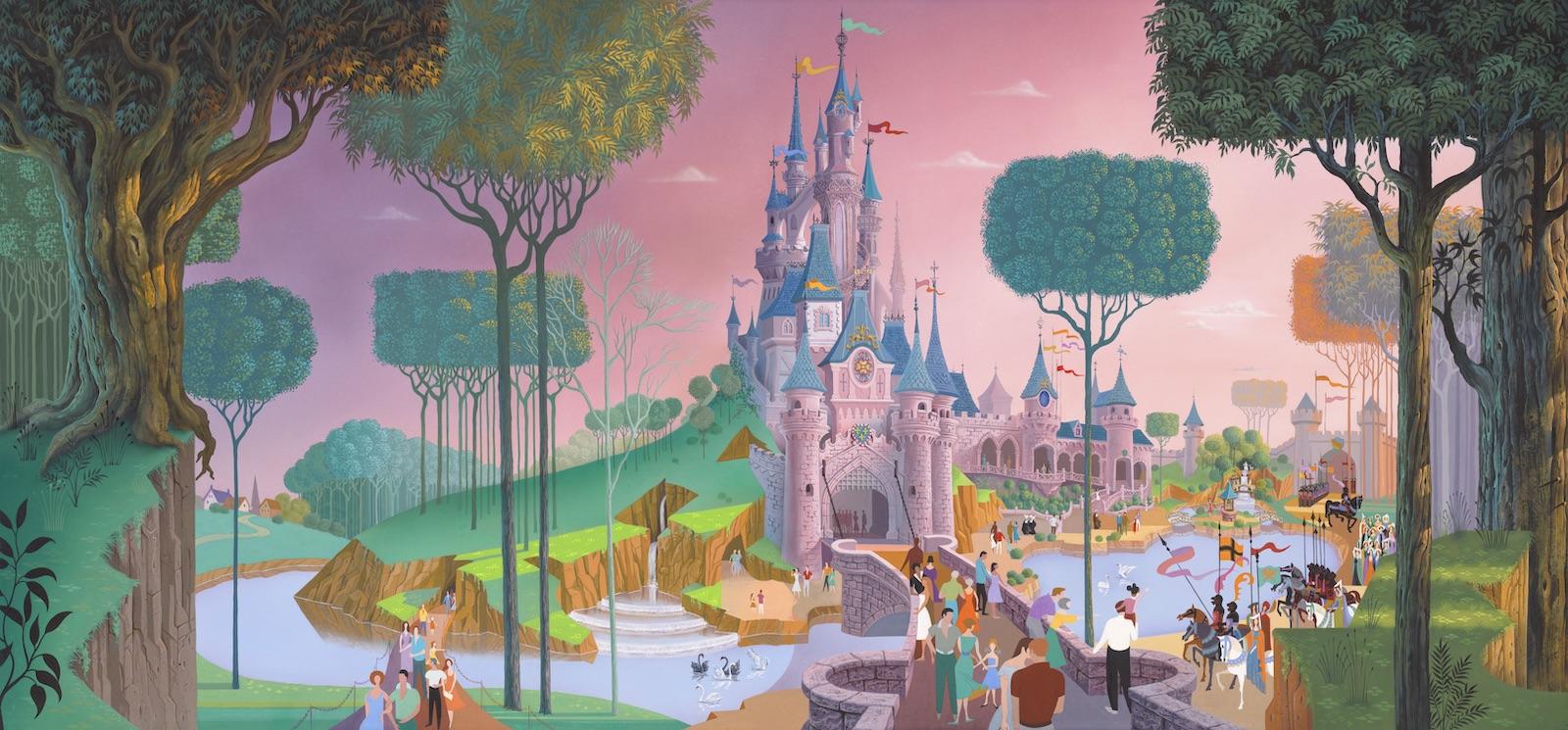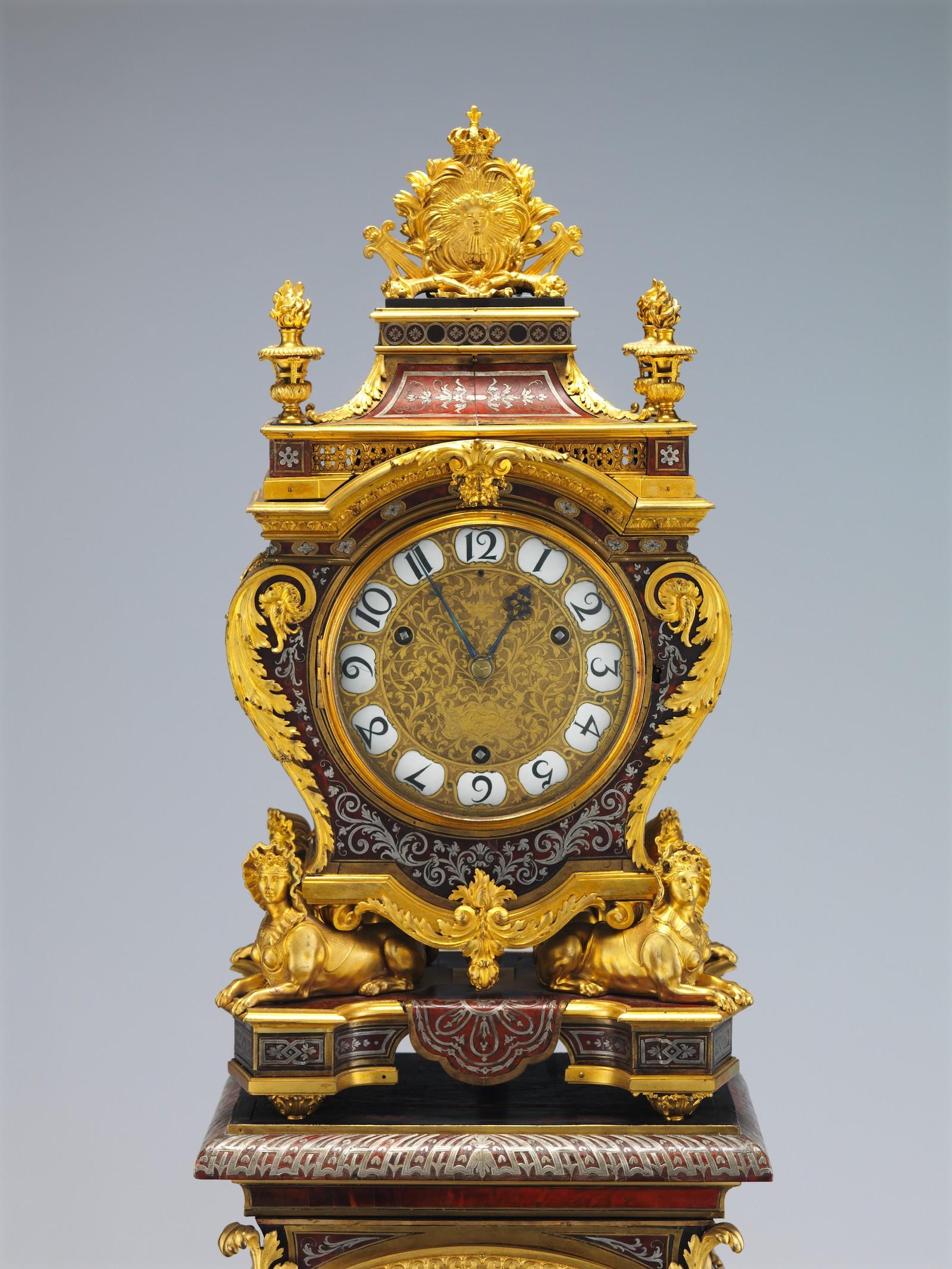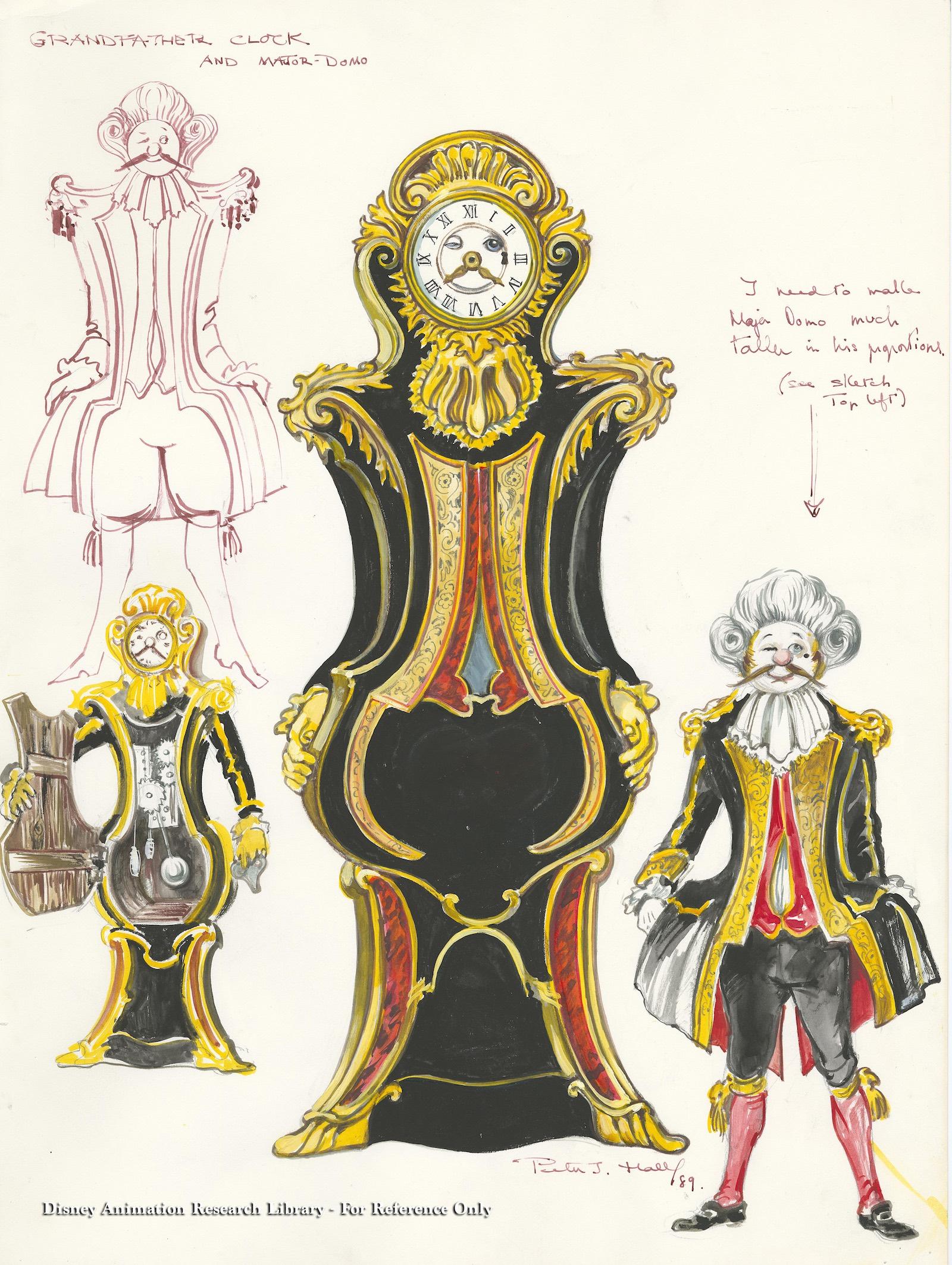“Both Disney animated films and Rococo decorative works of art are infused with elements of playful storytelling, delight, and wonder,” said Max Hollein, Marina Kellen French Director of The Met. “Eighteenth-century craftspeople and 20th-century animators alike sought to ignite feelings of excitement, awe, and marvel in their respective audiences. Through exquisite objects and Disney artifacts, this exhibition will provide an unprecedented look at the impact of French art on Disney Studios productions from the 1930s to almost the present day.”
Wolf Burchard, the exhibition’s curator, added: “In mounting The Met’s first-ever exhibition devoted to Walt Disney and his studios’ oeuvre, it was important for us to explore his sources of inspiration as well as to recognize that his studio’s animated interpretations of European fairytales have become a lens through which many view Western art and culture today. Our fresh look on this material, which prompts an effervescent dialogue between the drawings and illustrations of some of the most talented artists in the Walt Disney Animation Studios and a rich array of the finest 18th-century furniture and porcelain, brings to life the humor, wit, and ingenuity of French Rococo decorative arts.”
Sarah Lawrence, Iris and B. Gerald Cantor Curator in Charge of the Department of European Sculpture and Decorative Arts, shared, “Burchard brings a wholly original response to his subject, one that enriches our appreciation of Disney’s art of animation and enlivens our delight in the decorative arts of 18th-century France. The genius of Walt Disney and his studio was to have intuited the animation implicit in these ornate furnishings and then to discover a technology that brings those objects to life.”




